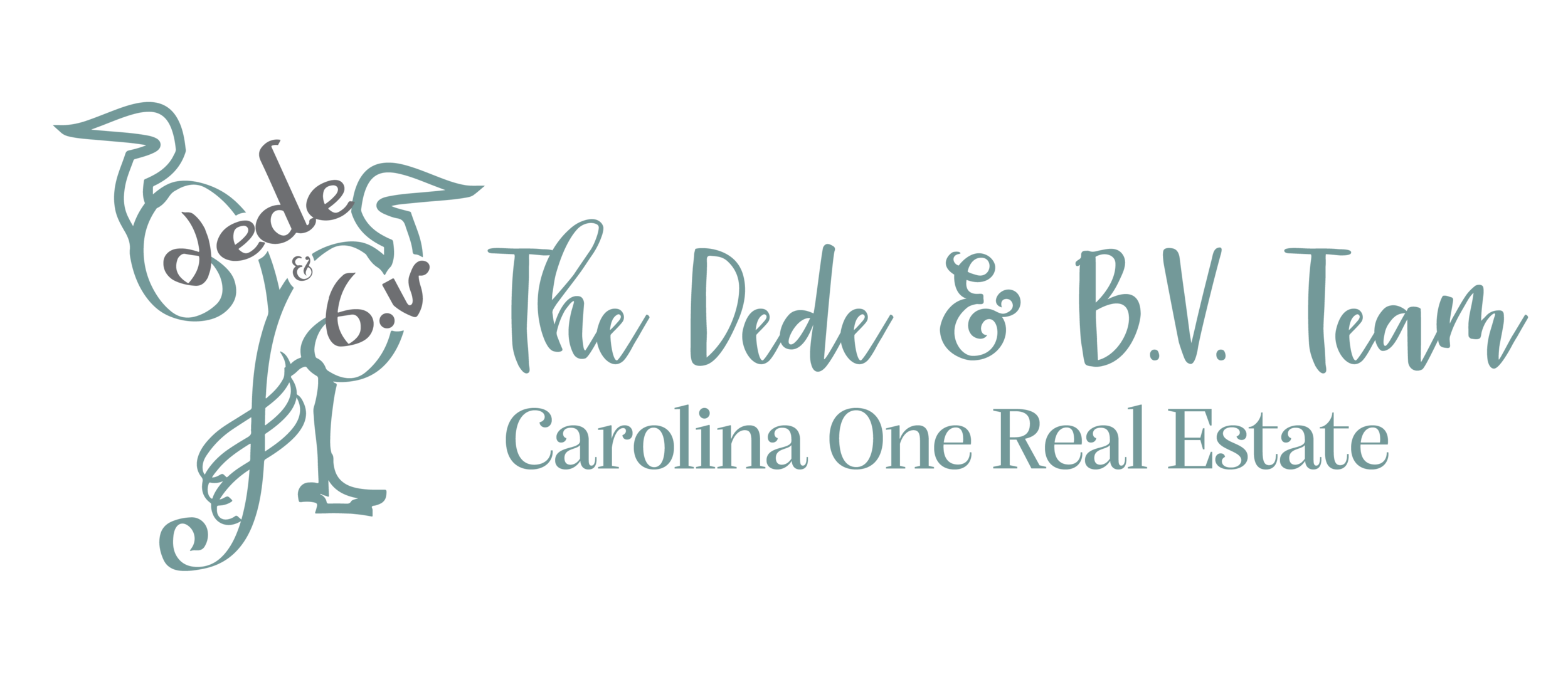Charleston Single House
A mainstay of our city’s architectural canvas is the “Charleston Single” house. Built en masse in the 19th century with varying facades from Federal to Greek Revival, the style itself has become unmistakably Charleston. Historians believe the style was brought here from Barbados, where Charleston’s wealthy planter class had sugar plantations in the 17th and 18th centuries. At the height of their popularity, Charleston Singles numbered more than 4,000 and still dominate the Holy City's streetscape today.
Early construction choices in Charleston were made with summer heat in mind. The city’s grid structure is intended to create breezeways, and houses were arranged so porches and piazzas faced south or west for maximum breeze. Though the double side porches are undeniably recognizable, it’s actually the interior layout that qualifies a Charleston Single. These homes are only one room wide when viewed from the street. The front door is in the middle of the long side of the house, leading to the hall and stairwell. There are 2 rooms on either side of the stairs (one towards the street, one towards the rear) and that 2-room style is repeated on each floor. They are often accompanied by detached carriage houses at the rear of the property.
These single houses worked beautifully in walled port cities where land was at a premium and lots were made long and skinny to capture street frontage for more residences. Having porches on the side of the house (vs the front) reduced dust from the dirt roads. There are few, if any, windows on the exterior wall opposite their porches. This was intentional for privacy and to prevent the spread of fire.
Charleston Singles are known for their bright colors, which were also inspired by Barbados and the Caribbean. “Haint Blue” is the most common color for porch ceilings throughout the South. This pale blue is not only visually expansive, but it’s also a ghost buster of sorts. Lowcountry Gullah culture says that spirits, known as “haints,” can’t cross water. Applying the light blue shade to porch ceilings and doors to symbolize water would prevent evil spirits from entering. Southerners also believe the blue color deters insects – a theory that likely originated with the lye that existed in early blue paints and repelled insects.
The most prominent color for doors and shutters is Charleston Green, a green so deep it looks black. Local legend says the color was born after the Civil War when Union troops sent buckets of black paint to help rebuild the decimated town. Colorful Charleston residents couldn’t bear the thought of their Holy City being painted government-issued black, so they tinted the paint with yellow and green, creating Charleston’s signature greenish-black accent color.
Today there are around 2,700 Charleston Singles and they are dutifully protected by the City’s Board of Architectural Review, Historic Charleston Foundation, and the Preservation Society. Among the most famous singles are the Thomas Legare House, Charles Graves House, and the Edmondston Alston House, which is open for public tours. It’s a treasured opportunity for real estate agents to list these unique homes, and a number have recently changed hands.




